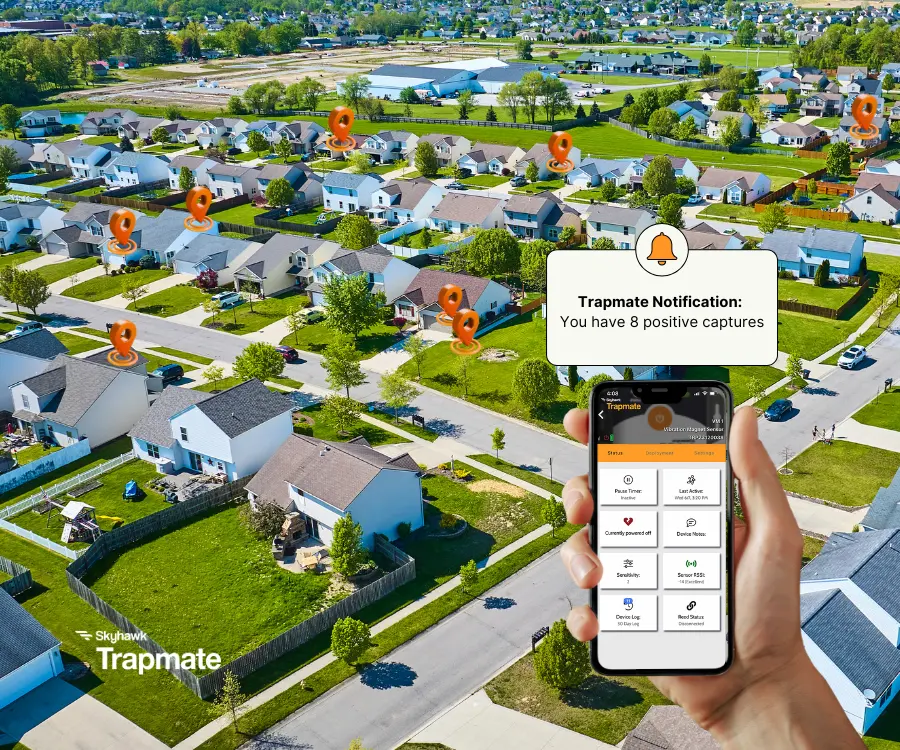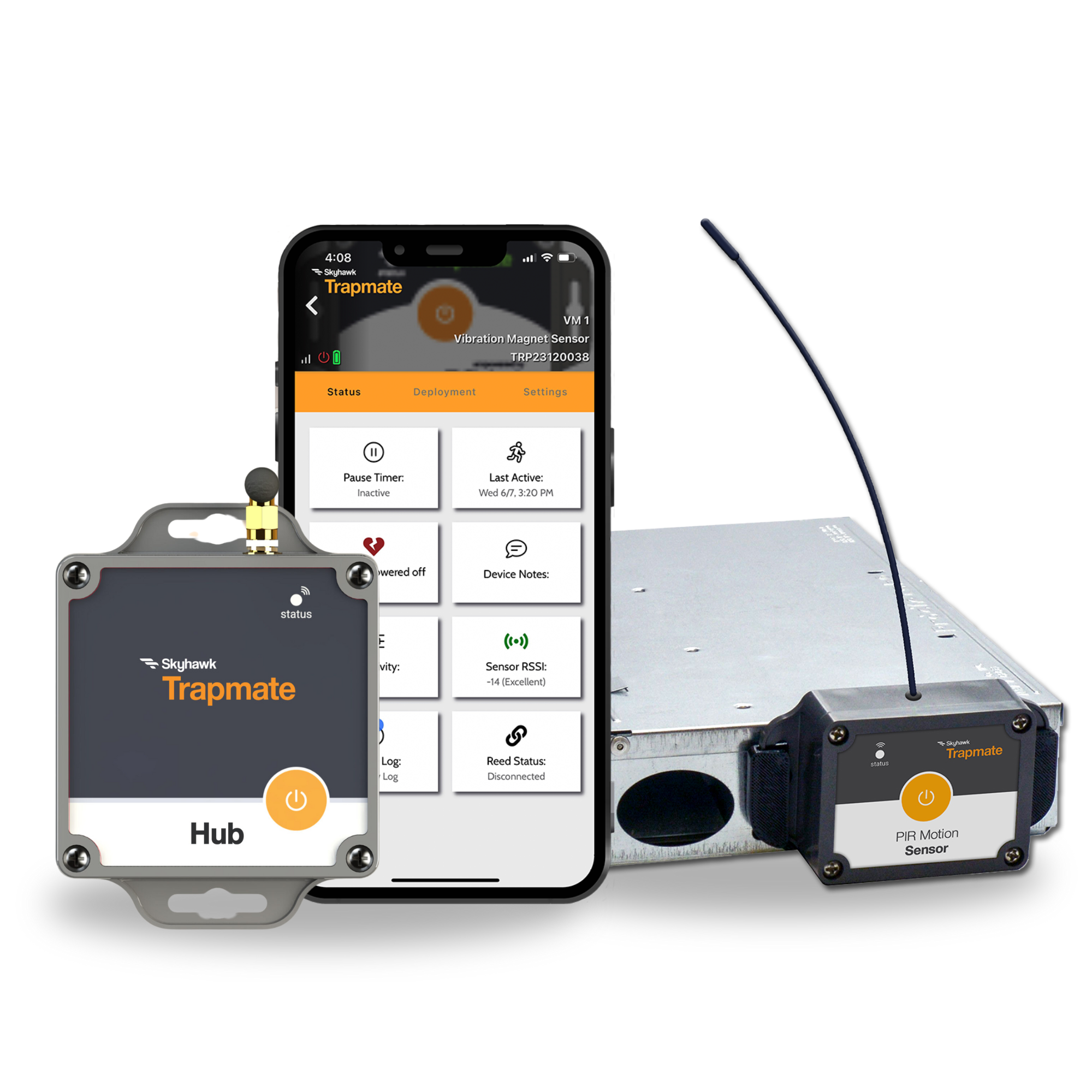Winter Brings Common Rodent Issues Across the United States
Winter Brings Common Rodent Issues Across the United States
Share This Story, Choose Your Platform!
Rodent infestations are a persistent concern in the U.S., and winter’s cold temperatures only make matters worse. As rodents seek warmth and food, infestations spike across various regions. Let’s break down the most common winter rodent challenges by region—and how Electronic Remote Monitoring (ERM) is revolutionizing pest control.

Northeast: Rats in Urban Centers
In cities like New York and Boston, Norway rats and roof rats thrive in subways, basements, and alleyways. These pests damage wiring and plumbing with their gnawing and spread disease through their droppings.
How ERM Helps:
ERM detects rodent activity in real time, alerting pest control teams for rapid response and minimizing infestation spread. When integrated with sanitation programs, it helps track problem areas more effectively.
Midwest: Mice in Agricultural Zones
The Midwest’s vast farmlands attract house mice and field mice, which invade barns and silos, contaminating food supplies and causing costly damage to stored grain.
How ERM Helps:
Wireless sensors placed in storage facilities monitor for rodent activity. When triggered, they notify pest control providers, allowing for immediate action that protects customer brands and prevents large-scale losses.
Southwest: Pack Rats in Desert Regions
Pack rats in arid regions build nests that damage homes and vehicles. Their tendency to chew on wiring poses a fire hazard—experts believe nearly a quarter of unexplained fires are linked to rodent damage.
How ERM Helps:
ERM devices placed around homes and garages track rodent movements, allowing pest professionals to act quickly—preventing costly repairs and potential hazards.
Southeast: Roof Rats in Coastal Areas
In the humid Southeast, roof rats often invade attics and upper floors, contaminating food stores, spreading disease, and damaging insulation.
How ERM Helps:
By installing ERM in attics and other high-risk areas, pest professionals can continuously monitor for rodent activity. Real-time notifications enable proactive intervention before infestations escalate.

How Electronic Monitoring is Transforming Rodent Control
Traditional rodent management relies heavily on reactive methods like baiting and trapping. Electronic Remote Monitoring (ERM) shifts the approach to proactive, data-driven strategies.
Real-Time Detection:
Smart sensors and traps provide instant alerts when rodents are detected.
Behavioral Insights:
Track rodent activity patterns to pinpoint hotspots and movement trends.
Enhanced Safety:
Reduce unnecessary trap checks, minimizing ladder use, bending, and excess travel.
Scalable from single-family homes to large commercial properties, ERM delivers unmatched efficiency in rodent control—saving costs, improving response times, and creating safer environments.
Want to learn more? Contact our team today and speak with an ERM expert!

